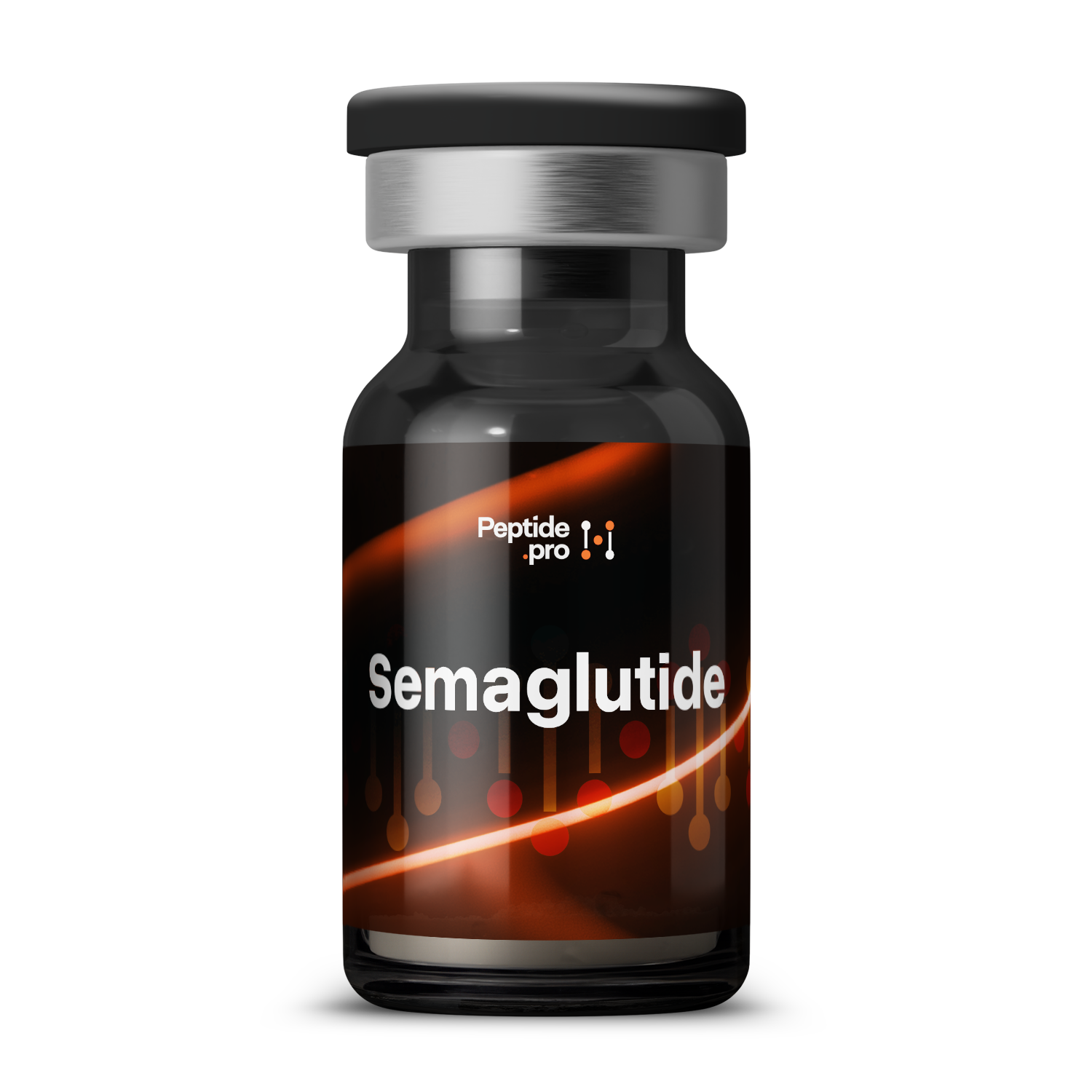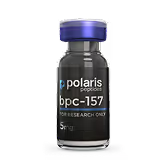Semaglutide
Semaglutide is a long-acting, once-weekly injectable peptide that mimics a natural gut hormone to improve blood sugar control and reduce appetite. It activates GLP-1 receptors in the pancreas to boost insulin release when needed and in the brain to curb cravings, while also slowing stomach emptying. In clinical trials, semaglutide has led to significant drops in HbA1c and substantial, sustained weight loss, making it a key tool for managing type 2 diabetes and obesity.
Compound Overview
About the product
The molecule is a 31–amino-acid peptide with a C-18 fatty-acid (acyl) side chain that binds albumin, greatly extending its half-life. It contains two amino-acid substitutions versus native GLP-1 to resist degradation by dipeptidyl peptidase-4 (DPP-4). Formulations include semaglutide with water-soluble excipients for injection, or co-formulated with SNAC (an absorption enhancer) for oral delivery. Purity exceeds 95 percent, confirmed by HPLC and mass spectrometry.
Semaglutide binds GLP-1 receptors on pancreatic β-cells, enhancing glucose-dependent insulin secretion and suppressing glucagon release. It slows gastric emptying, reducing post-meal glucose spikes, and acts on the brain to diminish appetite. These combined effects improve glycemic control and promote sustained weight loss. Steady-state plasma levels are reached after 4–5 weeks of once-weekly dosing.
Semaglutide benefits include lowering HbA1c in adults with type 2 diabetes and achieving significant weight reduction in obesity management. Clinical trials demonstrated reductions in A1c of 1.0–1.8 percent and body-weight losses of 10–17 percent, depending on dose. It also reduces cardiovascular risk markers in high-risk diabetic patients. Its dual approval for diabetes and obesity makes it a versatile metabolic therapy.
The most common adverse events are gastrointestinal—nausea, vomiting, diarrhea, and constipation—which tend to diminish over weeks. Rarely, it can cause gallbladder disease or pancreatitis. Semaglutide may increase heart rate mildly and is contraindicated in patients with a personal or family history of medullary thyroid carcinoma. Monitoring includes periodic assessment of gastrointestinal tolerance and thyroid status.
Semaglutide is produced by Fmoc solid-phase peptide synthesis on a resin support, incorporating its two protective substitutions and lipid linker. After cleavage and deprotection, it is purified by preparative HPLC to pharmaceutical-grade purity. Analytical HPLC, mass spectrometry, and peptide fingerprinting confirm identity and purity. Manufacturing follows stringent GMP standards.
Semaglutide is approved by the U.S. FDA, EMA, and other major agencies for type 2 diabetes (as Ozempic and Rybelsus) and for obesity (as Wegovy). It is available by prescription for its approved indications. Off-label uses are not supported by regulatory bodies. Distribution is through specialty pharmacies and clinics.
Semaglutide dose guidelines for type 2 diabetes typically start at 0.25 mg weekly for 4 weeks (titration), then increase to 0.5–1.0 mg weekly. For weight management, 0.25 mg weekly escalated to 2.4 mg over 16 weeks. Oral semaglutide starts at 3 mg daily, titrated to 14 mg. All dosing follows approved titration schedules to improve tolerability.
- Do escalate dose gradually according to the prescribing information.
- Do counsel patients on managing GI side effects with smaller, more frequent meals.
- Don’t prescribe in patients with a history of medullary thyroid cancer.
- Don’t combine with DPP-4 inhibitors, they act on the same pathway.
- Q: How soon does semaglutide lower blood sugar?
- A: Significant A1c reductions appear within 4–12 weeks.
- Q: Can it be used in type 1 diabetes?
- A: No; it is not approved for type 1 diabetes.
- Q: Does weight come back after stopping?
- A: Weight regain can occur; maintenance therapy is generally recommended.
For research use only. Not approved for medical use.


